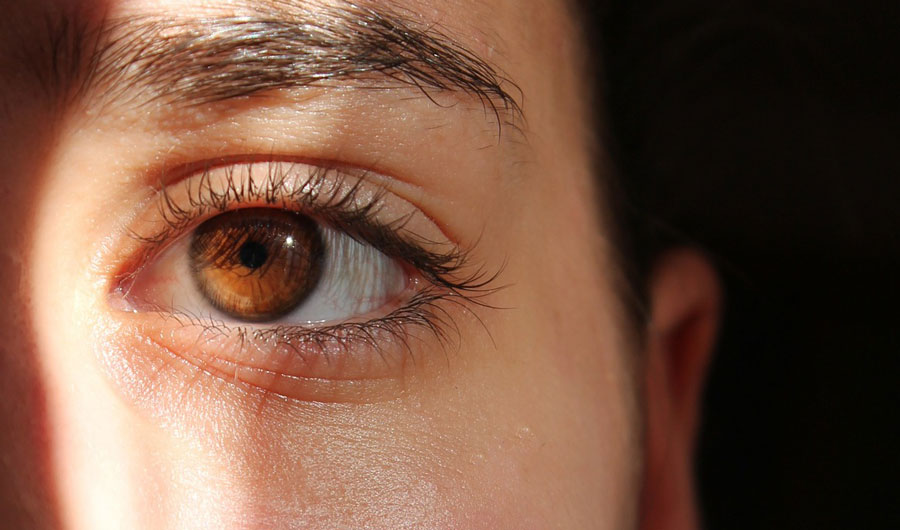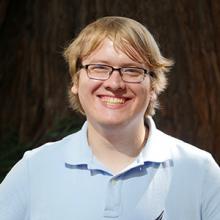Gold Nanoparticles in Contact Lenses Could Protect Your Eyes

Rights information: Public domain
(Inside Science) -- Researchers have made a new incognito technology in the form of a “golden eye” that seems like something James Bond would use. The researchers developed contact lenses that use tiny amounts of gold to help protect eyes from damaging light. They hope future versions will deliver medicine or detect diseases. These new contact lenses absorb light and dissipate the energy using tiny, gold-based nanocapsules.
In a paper published this month in the journal Applied Materials Today, researchers described the new material and how it absorbs light. They argue that their results demonstrate that it is possible to embed gold nanoparticles within soft contacts while maintaining visibility and that the process might protect wearers' eyes from bright lights.
The nanocapsules do this by converting light to heat which then can be dissipated by a cooling breeze, or even tears. While the solution may sound a bit uncomfortable, it is still better than having permanent burn marks on your retina.
To make the nanocapsules, the researchers first coated polystyrene beads with gold nanoparticles and then silica. The polystyrene beads were then removed by baking them in controlled conditions. The researchers then soaked the nanocapsules in a solution containing gold ions to grow the gold nanoparticles inside the silica shells, which enhance the nanocapsules’ ability to absorb light.
The researchers tested their idea by embedding the nanocapsules in soft films, then using the films to protect egg whites and predict how they might protect real eyes from an infrared laser. Using infrared imaging and visual inspection to monitor the effect of the laser on the egg white, they were able to observe how much laser energy was penetrating to damage the proteins. They observed that with an increased concentration of the nanocapsules that the films became hotter and it took longer for visible portions of cooked egg white to form.
David Sliney, a medical physicist who spent over 40 years with the Army Medical Department assessing laser and optical hazards, says the research is “rather interesting” and different from other approaches he has seen. But he does not see an application for this technology in laser eye protection due to the broad effect on all visual light and the relatively low level of protection offered by the lenses, compared to what's desired for use with laser hazards.
However, the researchers also found that the nanocapsules can absorb light across the entire visible spectrum, instead of only blocking a specific color that might be associated with a particular laser.
Miguel Correa-Duarte, the lead researcher on the project from the University of Vigo in Spain, said he thinks the lenses might provide adequate protection for day-to-day activities, such as from lasers at a concert or from sunlight, rather than as safety protection in workplaces. But he also said that showing that it's possible to embed the nanocapsules within contact lenses is only the first step of their research pursuing medical applications for the technology.
“This simple approach is, I think, quite powerful,” said Correa-Duarte. “There are plenty of options to develop new applications.”
He also believes that nanocapsules close to the surface of the contacts can potentially trap and release molecules, which can be used to slowly deliver drugs or to collect molecules for diagnosing diseases.
Glenn Goodrich, the vice president of Nanospectra Biosciences who has researched similar contact lenses designed to protect pilots’ eyes from infrared lasers, said this research is “a demonstration of the process and the potential for the process.” He said that such nanoparticles have a flexibility that allows them to be tailored for a variety of uses, including a “biometric or chemical sensing application.”

